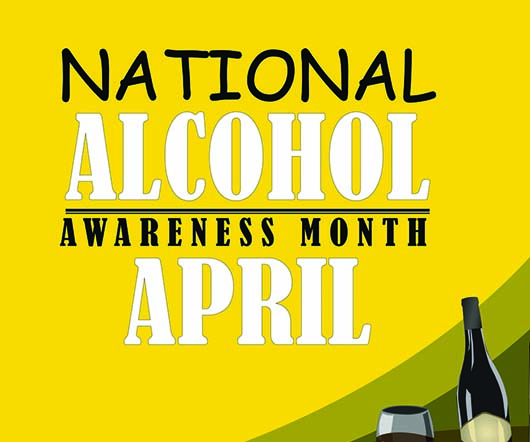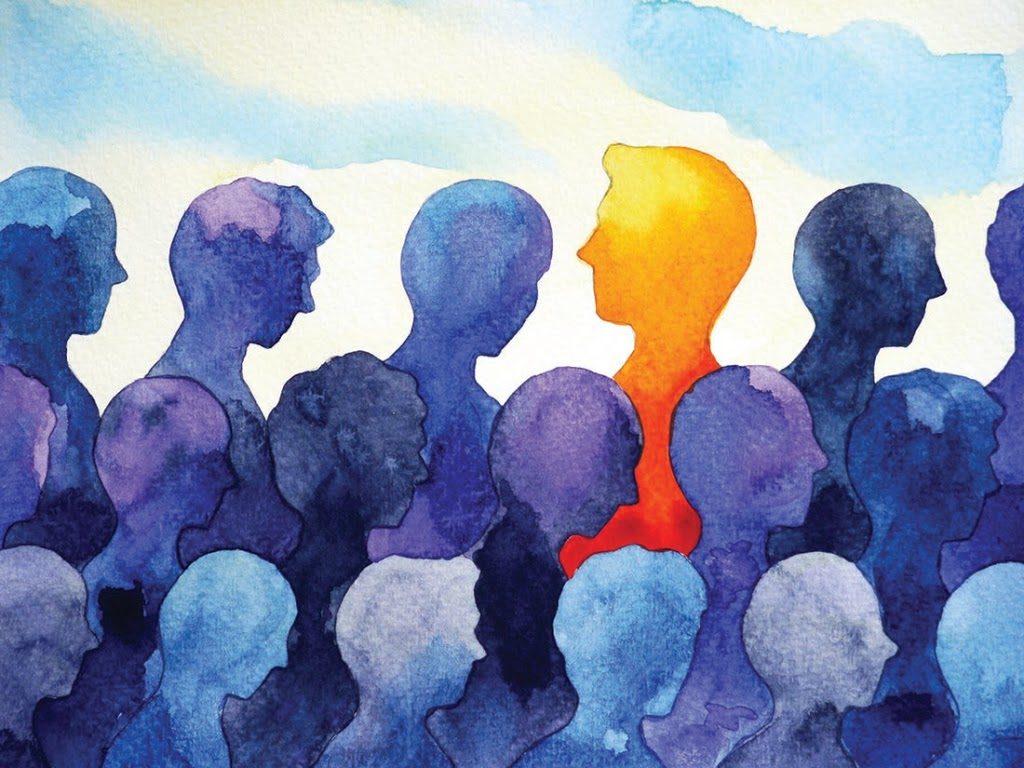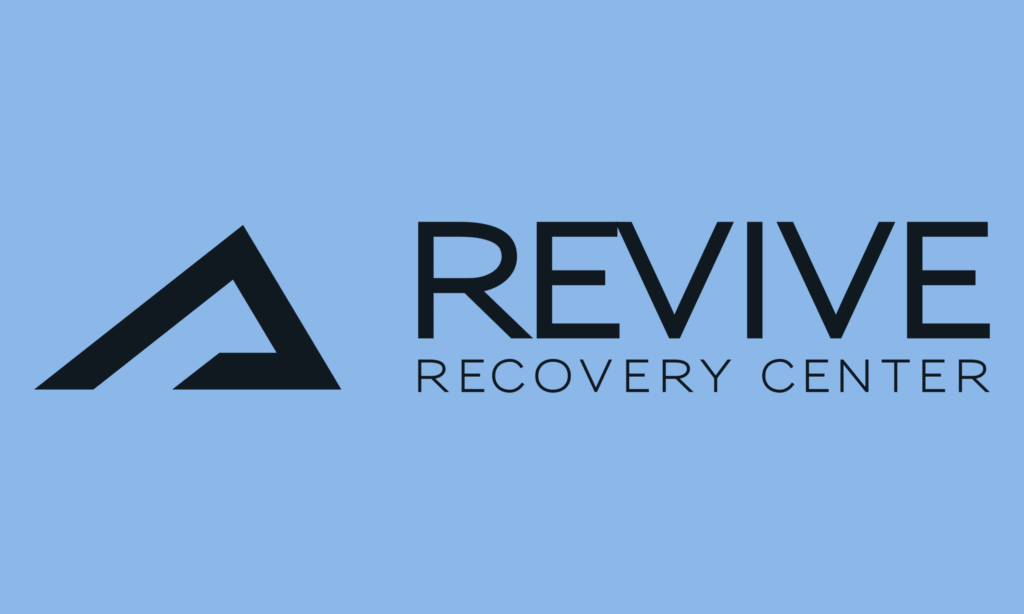Reflecting on the Progress of Mental Health Treatment and Recovery, Along with New Hope Anchored in Science, Education and Integrated Care By Terros health staff Addiction — to tobacco, alcohol or...
Reflecting on the Progress of Mental Health Treatment and Recovery, Along with New Hope Anchored in Science, Education and Integrated Care
By Terros health staff
Addiction — to tobacco, alcohol or prescription or illegal drugs — is a disease that contributes to 632,000 deaths in the United States every year, according to the Centers for Disease Control and Prevention.
Yet most physicians don’t have adequate training to treat addictions comprehensively, and too few medical schools offer addiction education. According to the National Center on Addiction and Substance Abuse at Columbia University, the medical profession has failed — “in medical school, residency training, continuing education and in practice” — to address addiction.
There is a need: Statistics about substance abuse addictions, mental illness and suicide
- An estimated 16 percent of Americans ages 12 and older — about 40 million people — have a substance abuse problem, an addiction to alcohol, illegal or prescription drugs or nicotine.
- Only 11 percent of people in need receive treatment.
- One-third of all inpatient hospital costs are linked to addiction and risky substance use.
- Serious mental illness costs in the United States amount to more than $193 billion in lost earnings per year.
- Drug overdoses took an estimated 72,000
- lives in the United States in 2017.
- Suicide is the 10th leading cause of death in the nation and the second leading cause of death among people between the ages of 15 to 34.
(Sources: Center on Addiction, National Institute on Drug Abuse, Centers for Disease Control and Prevention)
In Arizona, however, a stellar example of a behaviorally-led integrated approach to wellness, mind and body, is building healthy communities through exceptional patient experiences, quality outcomes and controlled health care costs.
Terros Health, founded nearly 50 years ago, last year helped more than 53,000 Arizonans on the path to better health and an improved quality of life. It started by treating physical and behavioral health conditions as one, rather than in silos. As part of its integrated model of care, Terros Health provides primary medical, mental health, substance abuse and wellness care under one roof.
“We look at the whole person,” said Dr. Saul Perea, Terros Health’s Integrated Care medical director. “And we are educating people one by one, helping people one at a time, bringing them in for treatment and ultimately changing lives.”
Terros Health is working hard to change the stigma of mental illness, reduce barriers to treatment and achieve more effective treatment protocols. It’s part of a movement that began in 1909 when former psychiatric patient, Clifford W. Beers, witnessed and experienced horrible abuse while being institutionalized. Today, Mental Health America (MHA) is a leading community-based nonprofit that has made an indelible mark on tens of thousands of people.
MHA also led advocacy efforts that have resulted in landmark legislation, including the signing of the National Mental Health Act by President Harry Truman in 1946, the creation of the National Institute of Mental Health and allocation of government funds for research into the causes of and treatments for mental illness.
Fast-forward nearly two decades to 1963: Congress passed the Mental Retardation Facilities and Community Health Centers Construction Act, providing federal funding for the development of community-based mental health services.
Then in 1977, President Jimmy Carter established the President’s Commission on Mental Health, among the first comprehensive surveys of mental health care. Formation of The National Alliance for the Mentally Ill followed in 1979 and the Americans with Disabilities Act was adopted in 1990 to protect mentally and physically challenged Americans from discrimination in a variety of settings.
Progress continued in 1996, when the Mental Health Parity Act, the first federal legislation to bring more equity to health insurance coverage of mental health care, was adopted. The same year, President Bill Clinton moved to end discrimination in such coverage for 9 million federal workers by enacting mental health insurance parity for them.
Mental health parity is important because it ensures equal treatment of mental health conditions and substance use disorders in insurance plans. Although Congress passed this legislation in 1996, the advent of the Affordable Care Act in 2010 delivered on this promise.
As a result of the ACA, patients with physical and mental health conditions cannot be denied health care coverage. What’s more, behavioral health services are an “essential benefit” required by law.
Education brings awareness, science gives answers
Public policies have come a long way in helping the one in four Americans challenged by mental illness and addiction, yet more must be done. Society’s false beliefs about mental illnesses — that only weak people, poor people, damaged people have them — once were widespread.
Fortunately, advancements in neuroscience, the advent of the Information Age, and focused public awareness campaigns are reversing that trend, said Dr. Randy Brazie, Terros Health’s chief medical officer. As Brazie explains, addiction isn’t selective. “It affects people of all socioeconomic levels, races, genders, ages and occupations,” he said. “A mental illness is no different, in terms of being ‘real,’ than a physical illness, such as cancer or heart disease.”
This realization is bringing mental illness out of the shadows, showing patients they aren’t alone, acknowledging they can’t just “snap out of it,” and expanding empathy and understanding, he said.
Addictions have long been thought to be related to any number of things: psychological factors, stress and personality traits such as high impulsivity, environmental influences, including exposure to physical, sexual or emotional abuse or trauma, and using alcohol, nicotine or other drugs at an early age.
But just as the field of genetics is pinpointing the causes of cancer and Alzheimer’s disease so, too, is science revealing more about addiction and its associated risk factors. These include genetic predispositions and certain brain characteristics that may make a patient more vulnerable to addictive substances.
Neuroscience also is producing a rapid evolution in our understanding of how pathways in the brain may be triggered by substance abuse.
“Addictions are very much driven by how the brain responds to things,” Brazie said. “And when a pathway in the brain gets triggered, it can be very difficult to extinguish.”
“Dramatic revelations about the role of biology and genetics in mental illness make the hope for better diagnoses and treatments exciting,” Perea said. The Center on Addiction reports that genetics account for 50 to 75 percent of the risk for addiction.
“Genetics are so impressive in other areas of medicine, in terms of prediction and treatment,” he said. “For example, in a cancer patient, what type of treatment will he or she respond to best, based on his genetic makeup? The same thing is happening in mental health, where we are identifying the gene that causes schizophrenia. The promise is huge.”
A new model of care
So is the promise of integrated care.
Terros Health’s model of care hinges on many years of research at the AIMS Center – Advancing Integrated Mental Health Solutions, at the University of Washington.
The Center’s evidence-based model, known as Collaborative Care, was used in a large randomized treatment trial for depressed adults who visited primary care clinics across the United States and abroad. Collaborative Care was shown to double the effectiveness of depression treatment while lowering long-term health care costs, according to study findings reported in the Journal of the American Medical Association.
For example, at one year, about half of the patients receiving Collaborative Care reported at least a 50 percent reduction in depressive symptoms, compared with only 19 percent of those in primary care. They also experienced more than 100 additional depression-free days over a two-year period than those in primary care.
When a new patient with anxiety, depression or another mental health condition comes to Terros Health, he/she is seen by a primary care physician for a health screening, then meets with a behavioral therapist where medications, medical history and symptoms are chronicled. Throughout the process, Terros Health physicians, nurse practitioners and clinicians access the patient’s electronic health record and communicate about the course of treatment and progress.
Such was the case with Shannon Ballejos.
An unexpected job loss, a car accident, oxycodone for back pain, followed by heroin use, tore Ballejos’ family apart. Thanks to integrated care, she has been off drugs for nine months and is putting her family back together.
Ballejos was devastated when, after moving with her three younger children to a new city for her company, her new job fell through. She returned to Phoenix, was recovering from the disappointment and was planning to start over until the accident.
“When I was no longer able to get the prescription for oxycodone, a friend introduced me to heroin. I was 39, and this was the first time I had used drugs. I changed so much. I was neglecting my children to the point that DCS (Arizona Department of Child Safety) had to step in and take them from me. They were 5, 7 and 11 at the time. It broke my heart, but contrary to every value I thought I had, I still wanted heroin.”
DCS referred Ballejos to Terros Health for treatment
“My case manager believed in me when I didn’t. I kept relapsing, but she stuck with me and recommended that I enter residential treatment for 30 days at Maverick House.
“Going there was the best decision I ever made. I not only learned the painful lessons of my addiction, but I also discovered what made me happy, little things like crocheting, reading and hiking.”
Ballejos’ recovery has been supported with Suboxone prescribed by Perea, whom she sees monthly. Another Terros Health physician manages her asthma and other general medical issues.
Ballejos doesn’t take her new life of recovery lightly. After Maverick House, she completed two sessions of outpatient treatment, has a recovery sponsor she speaks with every morning and participates weekly in Narcotics Anonymous and Heroin Anonymous.
Family life is becoming normal for Ballejos, who also has three adult children and has been reunited with her three younger children.
Treatment works
The importance of treatment cannot be overstated, Brazie said. ”The reason is simple: treatment works.”
Christopher Gabriel Jojola had been using Percocet and heroin for six years, and when he tried to stop, he experienced excruciating withdrawal symptoms. “I felt sick and everything hurt. I didn’t crave the drug. In fact, I hated the drug. I needed help with my withdrawal.”
Jojola, 34, researched health care organizations and chose a Terros Health clinic about a year ago.
“I had not used for 16 hours, which was a requirement before I could get treatment. I walked into the clinic fairly sick. They put me in a quiet room and made me comfortable. The doctor gave me Suboxone (an FDA-approved medication for testing opiate dependence) and monitored me to adjust the dosage. I felt better and came back the next two days for additional medication adjustment, and then they gave me a two-week prescription to continue helping me with the withdrawal.”
When asked to begin intensive outpatient treatment, Jojola questioned whether he could get to the clinic three days a week for the three-hour group sessions. “Cathy, a primary care support specialist, asked me if I had been able to make it to my drug dealer every single day. Of course, I had. I realized I could make it to the counseling sessions.”
Jojola credits his successful recovery to his physicians and medication, plus seven months of intensive outpatient treatment, and individual counseling sessions when he needed it. He wondered if anyone at the clinic truly cared about him. “It turns out the staff does care. It is not just a job for them.”
Jojola is now working full-time as a commercial plumber and has joint custody of his two children, ages 7 and 9. “My future is looking bright.”
Prince Zombo is feeling equally hopeful about what lies ahead.
Zombo is a permanent resident of the United States who was born in Liberia, Africa. When a civil war in his homeland broke out, Zombo and his family moved to New York City.
Soccer is Zombo’s passion. He played it in Africa and New York, where he graduated from high school, then coached soccer there. Since moving to Arizona in 2011, he has continued to coach, and enjoys involving children in healthy sports.
In August 2014, life became difficult for Zombo, 41, and his two sons, Prince Jr. and Promys, whom he was raising alone. Because of a medical emergency, Zombo was taken to the hospital, leaving his children with a neighbor.
When DCS became involved in the matter, Zombo appeared in family court. He tested positive for marijuana, his two boys were placed in foster care and he was ordered to receive treatment.
“I didn’t think my marijuana use was at the level that needed treatment, but I wanted my boys back. I was willing to do anything for us to be a family again.”
Zombo participated in two years of counseling and treatment services at Terros Health, and worked as a behavioral health technician in a group home.
He quit marijuana use and was reunited with his sons in June 2016. The most important lesson he learned in counseling was living a sober life.
Today, he says his life is great, “I have a roof over my head, a job as a manager of a group home and a beautiful family.” He has set a personal goal to become a peer recovery coach.
Knocking down insurance barriers
For some, it’s hard to imagine the thought of having mental health issues, particularly when there is no history of mental illness in the family. It’s how one confronts these challenges that is key to their recovery, Brazie said. “Shannon, Prince and Christopher are shining examples of what can happen when you are set on a path of recovery.”
Despite the roadblocks, mental health care in America and Arizona are evolving in a positive way, Brazie added. This includes stepped-up assistance by health insurance companies, which historically have been slow to reimburse providers for mental health services. A new program in Arizona, effective Oct. 1, will change that, when 1.5 million AHCCCS members will move to Complete Care integrated health care plan. It will provide both physical and behavioral health services.
“This is good news for all Arizonans,” Perea said. “People should never suffer in silence. As a mental health community, we are here to help them get the services and treatment they expect and deserve.”
There is help: Mental health resources
Terros Health, terroshealth.org, 602-685-6000
National Institute of Mental Health, nimh.nih.gov, 866-615-6464
Substance Abuse and Mental Health Services Administration, samhsa.gov, 877-SAMSHA-7
National Alliance on Mental Illness, nami.org, 800-950-NAMI
Mental Health America of Arizona, mhaarizona.org, 480-982-5305
Veterans Crisis Line, veteranscrisisline.net, 800-273-8255




























